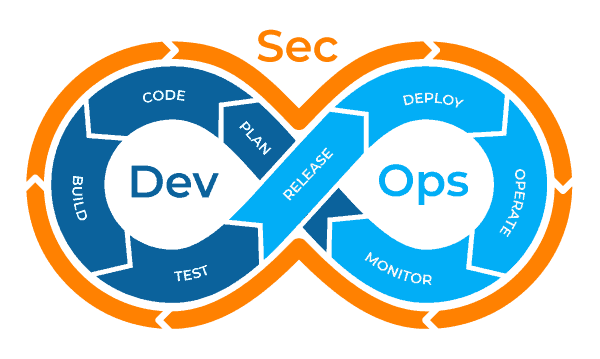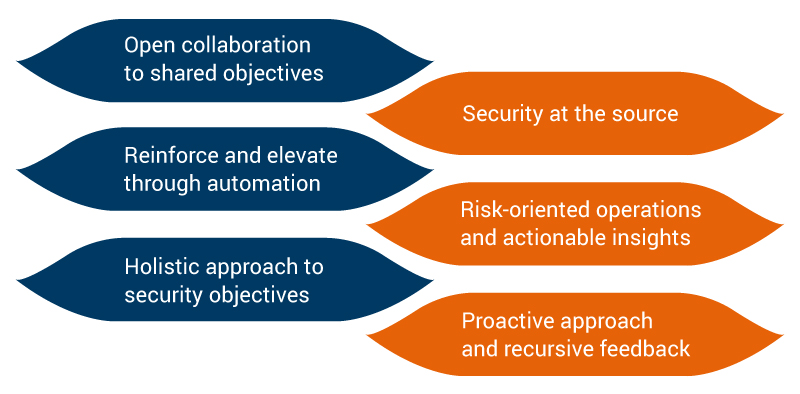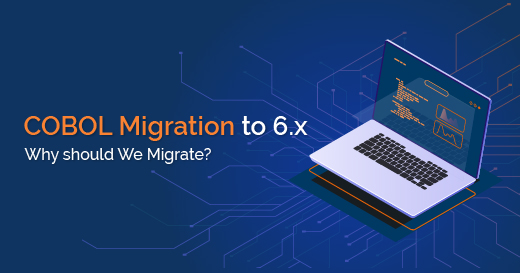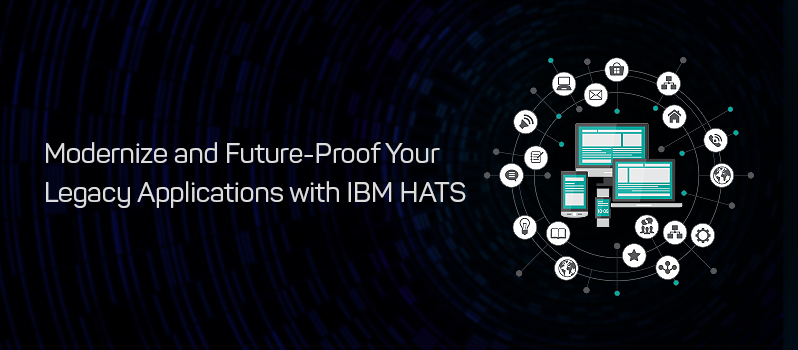Challenges in the Transformational Shift with DevSecOps
Written by Harini Krish
Lead Technical Content Writer
In the past few years, we have seen organizations and industries trying to adopt, scale, and mature in their DevOps practices. Although DevOps adoption is still on the rise, malicious attacks on applications are also growing, and every other organization is facing data breach1. A multinational hospitality company faced a major breach revealing data of up to 50 million guests to the hackers. This cost $123 million between fines and court-related expenses with loss of brand reputation.
What is DevSecOps?
DevSecOps extends the advantages of a DevOps approach, including speed and responsiveness, to IT security. The idea is to integrate security in the initial phase of the development process and throughout the Software Development Lifecycle (SDLC). This involves developing a culture of flexibility and ongoing collaboration between development and security teams and incorporating security protocols into the development process.
DevSecOps is a way of approaching IT security, as it involves injecting security practices into an organization’s DevOps pipeline. The goal is to integrate security into all stages of the software development workflow.
If your company already does DevOps, then it is a great idea to opt and shift towards DevSecOps. The fundamental of DevSecOps is based on the principle of DevOps, which will help you make the switch. And doing so will empower you to bring together proficient individuals from different technical disciplines to enhance your existing security processes.

A recent report published by Gartner states that by 2021, DevSecOps practices will be embedded in 80 percent of development teams. DevSecOps initiatives are gaining power among organizations that want to increase their speed and cut the costs of development while improving application security.
Challenges at Scale
Security at the pace of Development - With the speed of releases and the rise of breaches, security needs to tie to the pace of development. Speed is the core rule of DevSecOps, and Automation is the way to achieve it.
Reluctance to Integrate - The second step of the DevSecOps journey is integrating processes. An integrated, end-to-end process helps teams to work together better, and also identify areas where automation can be applied to streamline and accelerate the process.
Implementing Security in CI/CD- Security principles apply to the overall organization and not just to security engineering teams. Enterprises must adopt it as a shared responsibility.
Clash of the Tools- The challenge lies in choosing ones that fit well and to integrate them in order to build, deploy, and test in a continuous manner. It is not an easy task to bring all the tools from various departments and sync them on one platform.
DevSecOps Success Criteria

Royal Cyber & DevSecOps
DevSecOps is a team effort, and Royal Cyber understands the importance of adopting practices for convenience and creating personalized experiences for your enterprise. C-suite must win the culture of tighter communication between development teams and security engineering to drive security requirements in DevOps processes. Invest in new tools and technologies that can evaluate all the aspects of the application. Contact us to grow your cybersecurity practices throughout your enterprise. Talk to our DevSecOps expert today. For more information, you can email us at info@royalcyber.com or visit www.royalcyber.com



